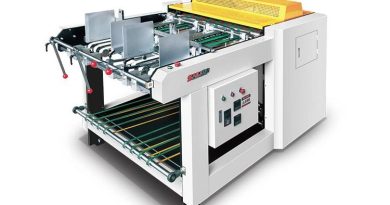Grooving machinery, essential in various manufacturing and construction sectors for creating precise grooves in materials, has experienced substantial technological advancements. These innovations aim to improve accuracy, efficiency, and versatility, meeting the evolving demands of industries such as construction, woodworking, and metalworking.
Implementation of Laser Technology
A significant leap forward in grooving machinery is the adoption of laser technology. Lasers offer unmatched precision in cutting grooves, allowing for intricate designs and tight tolerances that were previously unachievable. This technology is especially beneficial in applications requiring high precision, such as in the electronics and aerospace industries, where even the slightest deviation can compromise the integrity of the final product.
CNC Integration for Complex Grooving
Computer Numerical Control (CNC) technology has revolutionized grooving machinery, enabling the automation of complex grooving patterns. CNC systems allow for the programming of detailed and complex designs, providing consistent and accurate results across multiple productions. This capability significantly reduces manual labor and the potential for human error, increasing both productivity and safety on the manufacturing floor.
Advancements in Material Compatibility
Technological advancements have also expanded the range of materials that can be efficiently grooved. Modern grooving machines can handle everything from traditional materials like wood and metal to modern composites and polymers. This versatility opens up new possibilities for innovation in product design and manufacturing processes, allowing industries to explore new applications and solutions.
Eco-Friendly and Sustainable Practices
Sustainability is a growing concern in manufacturing, and grooving machinery technology has evolved to address this issue. Newer machines are designed to be more energy-efficient and to minimize waste, supporting eco-friendly manufacturing practices. Additionally, advancements in dust collection and waste management systems have made the grooving process cleaner and more sustainable, reducing the environmental impact of manufacturing operations.


